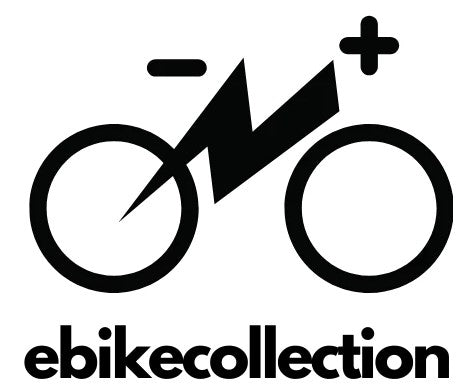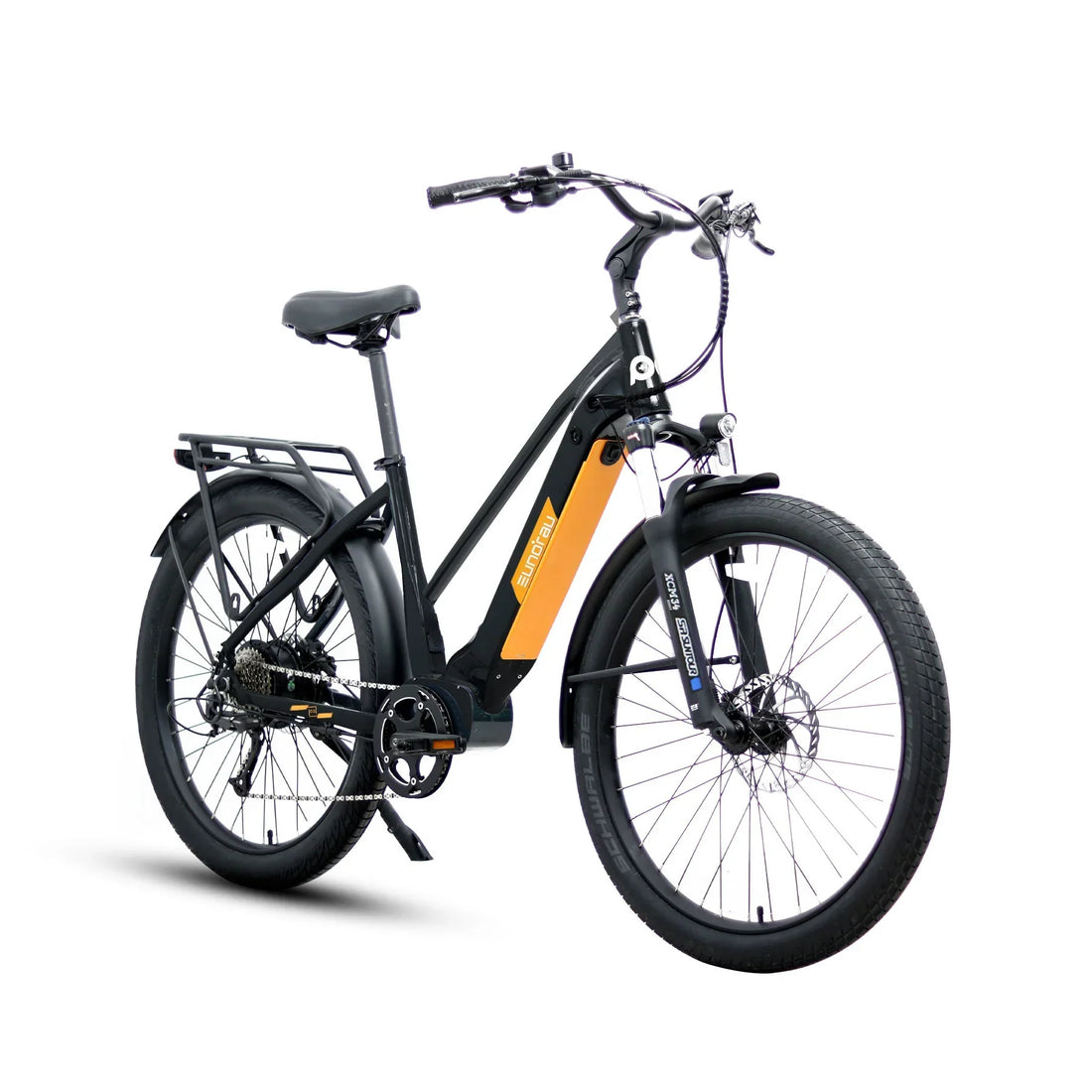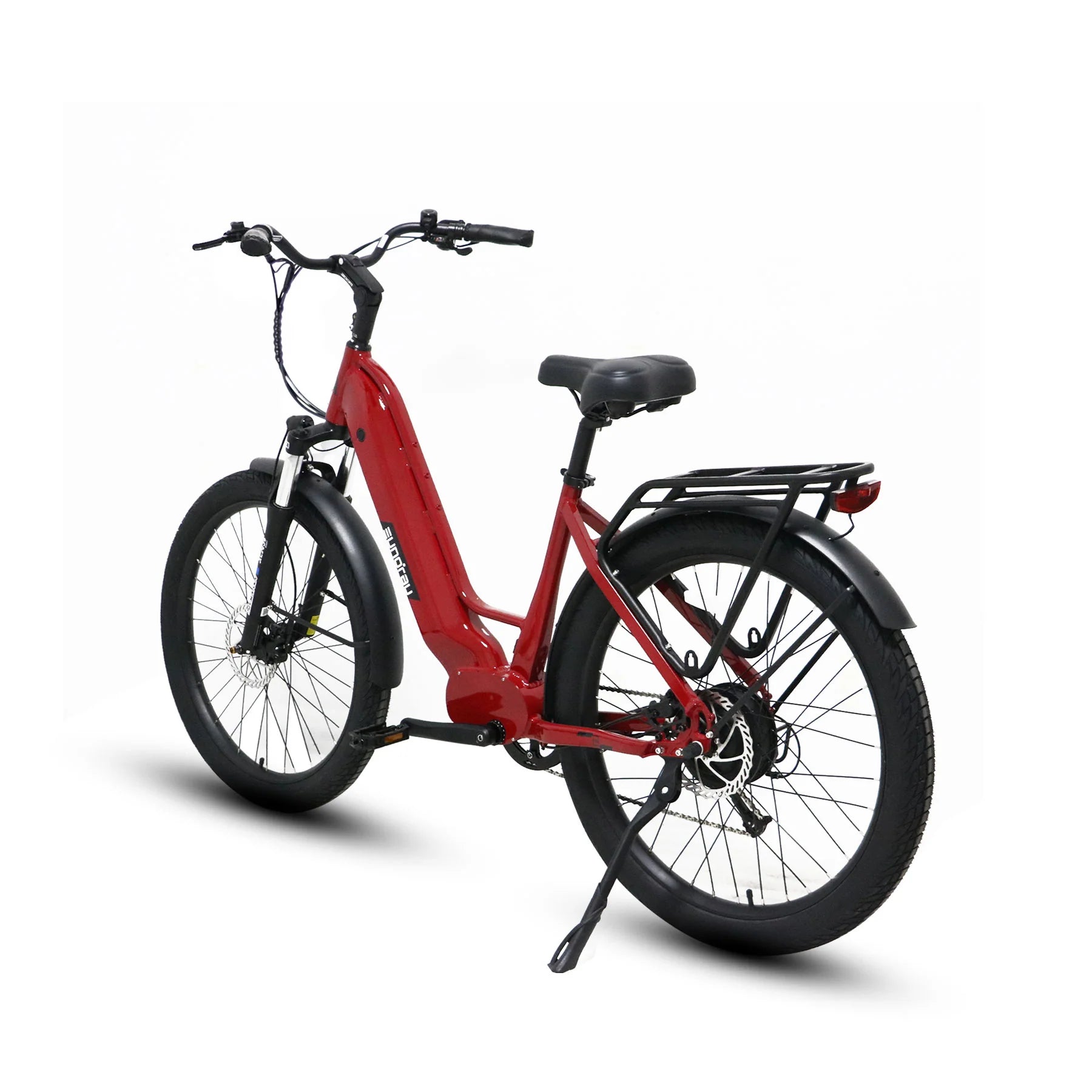The e-bike market is booming, offering an exciting, efficient, and fun way to commute, explore, and stay active. But before you make that big purchase, you need to answer a critical question: "What class e-bike do I need?"
Understanding the differences between Class 1, Class 2, and Class 3 e-bikes is the single most important step in finding the perfect ride that matches your needs and complies with local regulations. Getting this wrong can mean being restricted from your favorite trails or, worse, facing a fine.
That's why we are here to break down the e-bike class 1, 2, and 3 differences and provide you with the clear, actionable information you need to make an informed choice and ride confidently.
The Core Breakdown: Class 1 vs. Class 2 vs. Class 3 E-Bikes
The three e-bike classifications are based on two main criteria: Maximum Assisted Speed and the presence of a Throttle. All three classes are typically limited to a motor output of 750 watts (1 horsepower).
Here is a quick reference table to show the distinctions:
|
Feature |
Class 1 E-Bike |
Class 2 E-Bike |
Class 3 E-Bike |
|
Motor Engagement |
Pedal-Assist Only |
Throttle-Actuated & Pedal-Assist |
Pedal-Assist Only (Throttle may be limited/prohibited) |
|
Max Assisted Speed |
20 MPH |
20 MPH |
28 MPH |
|
Ideal For |
Trails, bike paths, fitness riders, and all-around use. |
Casual cruising, easy starts, urban traffic. |
Commuting, road cycling, covering long distances quickly. |
In-Depth Class Descriptions: Finding Your Perfect Match
Knowing the table is one thing; understanding the experience of riding each class is another.
1. Class 1: The Trailblazer (Pedal-Assist to 20 MPH)
Class 1 is the closest experience to riding a traditional bicycle—but with a delightful superpower.
- Key Feature: The motor only assists when you are actively pedaling. The moment you stop pedaling or reach 20 MPH, the assistance cuts off.
- Usage Scenarios: This is the most widely accepted class, often allowed anywhere a traditional bicycle is permitted. It’s perfect for multi-use paths, most mountain bike trails, neighborhood rides, and riders who prioritize fitness with a manageable boost.
- Why Choose Class 1? You value the feeling of cycling, you want maximum trail access, and a 20 MPH top speed is sufficient for your commute or recreational riding.
Suggested Product: For the trail adventurer, explore our collection of Class 1 Mountain E-Bikes! These models are built for off-road durability while ensuring maximum trail access.
2. Class 2: The Easy Rider (Throttle-Actuated to 20 MPH)
The addition of a throttle is the game-changer for Class 2 e-bikes.
- Key Feature: The motor can be engaged by a throttle (like a motorcycle twist grip or button) without pedaling up to 20 MPH. It also typically includes pedal-assist up to 20 MPH.
- Usage Scenarios: Class 2 is fantastic for quick starts from a stoplight, navigating stop-and-go city traffic, or giving your legs a complete rest on a long, flat stretch.
- Why Choose Class 2? You want the flexibility to ride effortlessly, you face frequent stops on your commute, or you have physical limitations that make continuous pedaling challenging.
Suggested Product: Our Class 2 Cruiser E-Bikes offer the perfect blend of throttle convenience and relaxed riding style for comfortable urban exploration.
3. Class 3: The Speed Demon (Pedal-Assist to 28 MPH)
Class 3 e-bikes are built for speed and efficiency, making them the commuter's best friend.
- Key Feature: These bikes provide pedal-assist up to a powerful 28 MPH. Crucially, in most states, Class 3 e-bikes are pedal-assist only, meaning a throttle is not allowed, or if one is present, it is limited to a 20 MPH cut-off. They are also often required to have a speedometer.
- Usage Scenarios: Ideal for long-distance commuters who need to keep pace with traffic in bike lanes and on roads. The higher speed drastically cuts down travel time.
- Why Choose Class 3? Your commute involves main roads, you need to cover a significant distance quickly, or you simply crave the highest legal speed for a bicycle.
Suggested Product: Check out our high-performance Class 3 Commuter E-Bikes. Their superior speed and battery capacity are designed to shave minutes off your daily ride.

Legal Landscape: Riding Where You're Allowed
The single biggest reason to know your e-bike class is to understand where you can legally ride. While federal guidelines set the definitions, state and local laws determine access.
Key Regulations to Consider:
Trail Access:
- Class 1 e-bikes typically have the broadest access, often permitted on multi-use paths and most non-motorized trails.
- Class 2 e-bikes are sometimes restricted from certain trails due to the presence of the throttle.
- Class 3 e-bikes are the most restricted; they are generally limited to roadways and dedicated bike lanes, and usually banned from sidewalks and multi-use paths due to their higher speed.
- Helmet Requirements: While highly recommended for all riders, some states mandate helmets for all Class 3 riders, regardless of age.
- Age Limits: Many states set a minimum age (often 16) to operate a Class 3 e-bike. Class 1 and Class 2 usually have no special age restriction beyond standard cycling rules.
- Registration/Licensing: In the vast majority of states, Class 1, 2, and 3 e-bikes do not require a license or registration, but there are a few exceptions.
Always verify your specific city and state laws before purchasing and riding. A quick search for State e-bike laws is your best legal guide.
Ready to Find Your Perfect E-Bike?
Choosing the right e-bike class is the foundation of a fantastic riding experience. Whether you're looking for the wide-open access of a Class 1, the no-sweat convenience of a Class 2, or the highway-speed efficiency of a Class 3, there is an e-bike designed exactly for your journey. Don't wait to start your electric cycling adventure.
Explore the entire E-Bike Collection Now!
Click here to visit our online store and browse all Class 1, Class 2, and Class 3 e-bikes. Find your ideal ride today!



